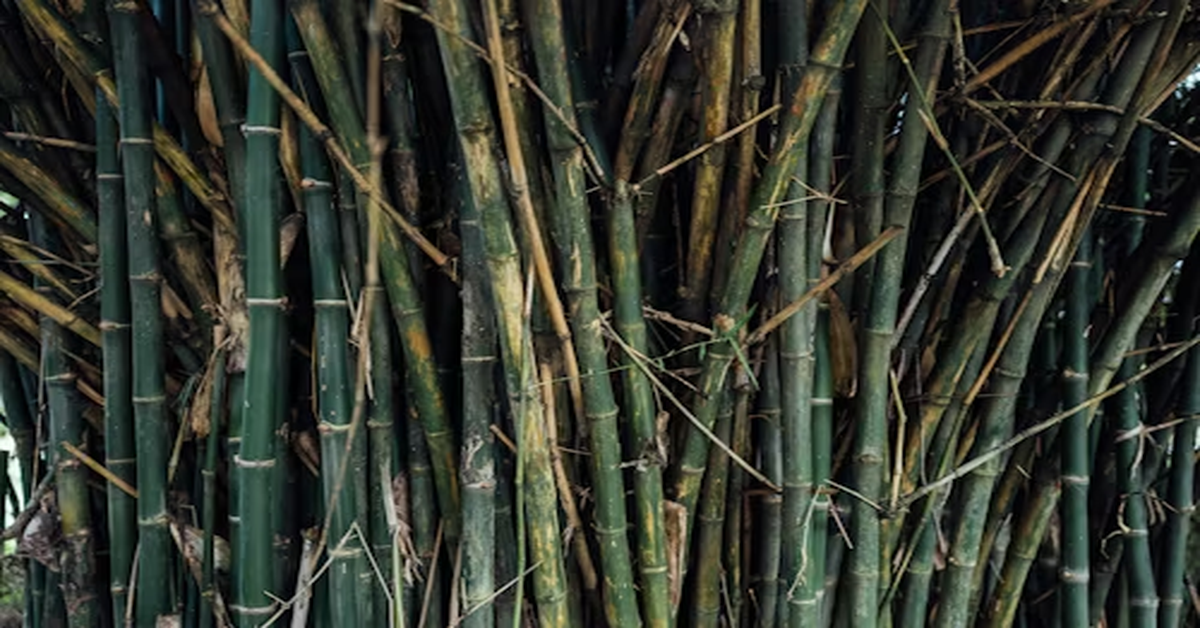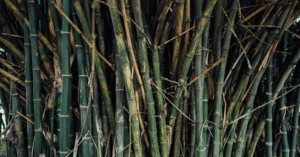Fireworks have fascinated audiences for hundreds of years, combining chemistry, engineering, design, and artistry to produce breathtaking displays in the sky. Among the many specialty fireworks effects, the willow shell holds a special place for enthusiasts because of its slow, graceful descent and soft golden appearance. When manufacturers discuss shells, they describe them by diameter, and the 5 inch willow is considered a medium-sized professional aerial firework shell capable of delivering large, full, slow-falling visual patterns ideal for grand finales and choreographed displays. Understanding the complexity and craftsmanship of a 5 inch willow shell requires a closer look at pyrotechnic composition, shell construction, star manufacturing, lift methods, burst charge characteristics, safety protocols, and firing techniques. This article provides a detailed and highly informative exploration of the 5 inch willow shell, explaining how it works, what makes willow effects special, and how shell design influences performance.
The Willow Effect Explained in Detail
The willow effect is defined by long-burning stars that ignite at the burst point and then slowly descend toward the ground, creating sweeping trails that resemble the branches of a willow tree hanging down. Unlike fast-burning effects such as peonies or chrysanthemums, willow fireworks use specialized star compositions that burn longer and more smoothly. A willow display is not meant to create rapid color changes, loud crackling finales, or aggressively branching spark trails. Instead, it delivers a calm, elegant descent in long arcs. For spectators, this creates a soothing, dramatic moment of sky art that contrasts beautifully with more dynamic shells in a show sequence.
The willow effect is created by several distinct technical qualities:
- Slow-burning stars: These are fuel-rich compositions designed to burn over several seconds rather than flash rapidly.
- Long trailing sparks: Metals such as charcoal or iron filings are included to produce glowing embers that last throughout the descent.
- Large star size: Bigger stars burn longer and create more impressive trails.
- Appropriate shell diameter: A 5 inch shell provides enough internal volume to house stars large enough to create the iconic willow look.
The combination of star composition, size, burn rate, and shell burst strength turns a physical object into a dramatic illusion in the sky.
Construction of a 5 Inch Willow Firework Shell
A 5 inch willow shell is meticulously built to ensure structural integrity, proper timing, and reliable ignition. The process includes the creation of stars, seating them within the shell, adding lift charges, fuses, and burst powder, and finally finishing the exterior for strength and aerodynamic consistency.
Typical Internal Structure Table
| Component | Description | Role in Final Display |
|---|---|---|
| Shell casing | Heavy paper hemispheres attached into a sphere | Houses all internal components safely |
| Stars | Slow-burning pellets forming the willow effect | Produce visible light trails |
| Burst charge | Fast-burning powder at shell center | Pushes stars outward at the correct speed |
| Lift charge | Charges beneath the shell in the mortar | Launches the shell into the sky |
| Time fuse | Controls ignition delay after launch | Determines height before detonation |
| Internal supports | Clay, rice hulls, or paper spacers | Maintain star alignment and integrity |
The quality of each part influences how uniformly the stars burst, how evenly they spread, the altitude of detonation, and the overall balance of visual performance.
Star Composition and Formulation
The stars used in willow shells must burn long enough to descend nearly to the ground while remaining visibly bright. Traditional willow star composition uses:
- Charcoal (provides orange-gold sparks and slow burn)
- Sulfur
- Potassium nitrate
- Dextrin or similar binder
In some formulas, iron filings or steel powder are added to create thicker trailing sparks. The key factor is a slow-burning charcoal-rich mixture that ensures the effect remains visible for as long as possible.
Variables That Influence Burn Duration
- Star diameter: Larger stars mean more fuel, resulting in longer-burning trails.
- Amount of oxidizer: More oxidizer accelerates burn speed, while less oxidizer slows it.
- Type of metal additives: Charcoal effects glow softly; metals like iron glow brighter.
- Binders and hardness: More binder creates a harder star that burns more gradually.
This balancing act is essential. If stars burn too quickly, the willow pattern collapses before reaching its dramatic descent. If they burn too slowly, part of the visual effect may be lost or invisible from the ground.
Shell Diameter and Effect Scale
A 5 inch shell is considered mid-range in professional fireworks display size. It provides a sufficiently large burst while remaining manageable for smaller shows and tight firing sites. The diameter directly influences:
- Burst spread
- Star diameter capacity
- Visible sky footprint
- Lift powder requirement
- Mortar size
The larger the shell, the more dramatic and wider the willow branches appear. While 3 inch willow shells exist, they often cannot hold stars large enough to produce long trails. Conversely, shells 8 inches and above produce tremendous willow bursts but require complex firing logistics and high display clearances. Therefore, the 5 inch diameter is a functional middle ground that balances impact, safety distance, and material cost.
Burst Charge Selection and Behavior
To achieve the iconic slow willow descent, the burst must be strong enough to spread stars outward but not so powerful that stars scatter too widely or burn too quickly. Willow burst charges often utilize:
- Flash powder blends
- Black powder coating on rice hulls
Rice hulls are a staple in professional shells because they provide excellent surface area for flame propagation without adding significant weight, ensuring a softer, broader burst ideal for willow effects.
Lift Mechanism and Mortar Launch
A 5 inch willow shell is launched from a suitably sized mortar tube, usually made of high-density polyethylene (HDPE) or fiberglass. The lift charge ignites when the firing system triggers the launch, sending the shell spiraling upward. At a predetermined time—usually controlled by a fuse block embedded into the shell casing—the internal delay transfers fire into the burst chamber, igniting the center and projecting stars outward.
Launch and Burst Characteristics Table
| Stage | Process | Key Purpose |
| Ignition | Electronic match or visco fuse lights lift powder | Initiates launch |
| Lift | Gases expand propelling shell up the mortar | Achieves altitude and trajectory |
| Time delay | Core fuse burns at calibrated speed | Controls burst height |
| Burst | Internal charge ignites, ejecting stars | Produces visible effect |
The time fuse is critical. Too short, and the shell bursts too low, increasing hazard risks. Too long, and part of the visual effect may be lost into the sky above audience sightlines.
Performance Characteristics of a 5 Inch Willow
A well-constructed 5 inch willow shell creates:
- A large spherical burst
- Long-burning gold or orange trails
- A silent, floating descent effect
- Uniform star spread
The colors are typically limited to traditional golden tones because they burn longer and retain visibility deeper into the descent. Some premium willow shells mix charcoal stars with silver or blue to produce rare multicolored effects, although these require additional formulation complexity and often sacrifice burn time.
Comparing Willow Shells to Other Effects
Comparison Table: Willow vs Other Aerial Shell Effects
| Effect Type | Star Burn Time | Burst Spread | Visual Character |
| Willow | Very long | Wide and soft | Graceful golden trails descending slowly |
| Chrysanthemum | Medium | Symmetrical and sharp | Fast spark spread with visible trails |
| Peony | Fast | Soft and rounded | Quick burst with little trailing effect |
| Brocade | Long | Dense golden | Thick sparks but less soft than willow |
| Kamuro | Very long | Heavy | Dense waterfall effect |
The willow shell sits at the elegant end of the spectrum, known less for intensity and more for atmosphere and emotional impact.
Manufacturing Skill and Artistic Craft
Producing a high-performance willow shell is not a purely industrial task. It requires:
- Chemical knowledge
- Precision measuring
- Understanding of aerodynamics
- Experience balancing burst strength and star composition
Master shell builders spend years refining techniques, developing personal signature effects, and creating predictable visual performance through methodical adjustments and testing.
Safety Protocols in Handling 5 Inch Willow Shells
Fireworks manufacturing and usage always require respect for chemical hazards, ignition risks, and regulatory standards. Safety is non-negotiable at every stage:
Key Safety Considerations Table
| Stage | Risks | Protective Measures |
| Manufacturing | Chemical ignition, dust flash | Anti-static tools, grounding, protective equipment |
| Storage | Heat, friction, improper stacking | Temperature control, reinforced storage, proper labeling |
| Transportation | Shock or fire exposure | Regulatory-approved containers and documentation |
| Firing | Misfire, low burst, shell fragmentation | Proper clearance distance, tested mortars, trained operators |
The 5 inch willow may appear serene in the sky, but behind its beauty lies disciplined engineering and strict safety compliance.
The Role of Willow Shells in Display Design
Professional pyrotechnicians rarely deploy a willow shell in isolation unless showcasing a single-shot moment. Instead, willow shells play strategic roles in larger program sequences:
- “Breathing spaces” between fast sequences
- Transitional effects in musically synced displays
- Emotional moments that shift audience tone before a finale
Willows can anchor certain sections of shows by providing:
- Calm, majestic pacing
- Harmonization with classical or slow music
- Visual grounding between hectic sequences
Environmental Considerations
The fireworks industry has become increasingly mindful of environmental impact. Willow shells introduce environmental concerns such as:
- Heavy metal particle fallout
- Paper debris from casings
- Combustion byproducts
Some manufacturers now pursue:
- Cleaner-burning chemical formulations
- Bio-degradable shell parts
- Reduced-metal stars
- Recycled mortar tube systems
These advancements do not fully eliminate environmental footprint, but they represent meaningful progress in sustainable display design.
Legal and Regulatory Requirements
Different countries regulate firework shells based on:
- Maximum allowable explosive composition
- Altitude clearance
- Operator certification
- Public display permits
- Safety distance from spectators
A 5 inch willow shell is generally classified as professional-grade and requires trained technicians to handle and fire, depending on jurisdiction. Consumer fireworks rarely approach this size due to safety and legal constraints.
Storage, Aging, and Stability
Quality willow shells can be stored for years if properly maintained. Ideal conditions include:
- Temperature stability
- Low humidity
- Safe stacking away from ignition sources
Over time, components can degrade if neglected. For example:
- Stars may crack or crumble
- Burst powder may absorb moisture
- Paper casings may soften
Long-term storage demands periodic inspection to ensure performance and safety remain intact.
The Future of 5 Inch Willow Fireworks
As technology evolves, so do firework manufacturing processes. Innovations include:
- Computer modeling to predict burst geometry
- Advanced digital firing systems
- Cleaner formulations
- Hybrid visual effects combining traditional willow stars with modern special materials
Digital choreography also helps designers synchronize willow shells with soundtracks so precisely that the descent aligns musically with crescendos, pauses, or ambient passages.
Conclusion
The 5 inch willow firework shell represents one of the most graceful and technically refined aerial effects in professional pyrotechnics. Its beauty lies not only in its slow golden descent across the night sky, but also in the meticulous craftsmanship behind its creation. Designing and firing such a shell requires knowledge of chemistry, physics, materials engineering, safety protocols, aerodynamics, and artistry. When executed correctly, a 5 inch willow shell becomes far more than explosive material; it becomes a moment of emotional stillness within the broader expression of a firework display. Whether used as a visual anchor, a transitional breath, or a highlight piece, the willow shell remains one of the most respected and enduring effects in the pyrotechnic world.
FAQs
1. Why is it called a willow shell?
Because the descending spark trails resemble the drooping branches of a willow tree as they fall slowly toward the ground.
2. How high does a 5 inch willow shell typically burst?
Depending on lift charge and firing parameters, about 450–550 feet, high enough for full visual development.
3. Can the willow effect be multicolored?
Yes, but it becomes technically more complex because multicolored stars often burn faster or brighter, which may shorten descent time.
4. Why are willow shells considered more elegant than other effects?
Their slow, sweeping trails create a peaceful, majestic moment unlike faster, more chaotic bursts.
5. Are willow shells used in professional or consumer shows?
A 5 inch willow is usually a professional-grade shell requiring trained operators due to its power and size.









